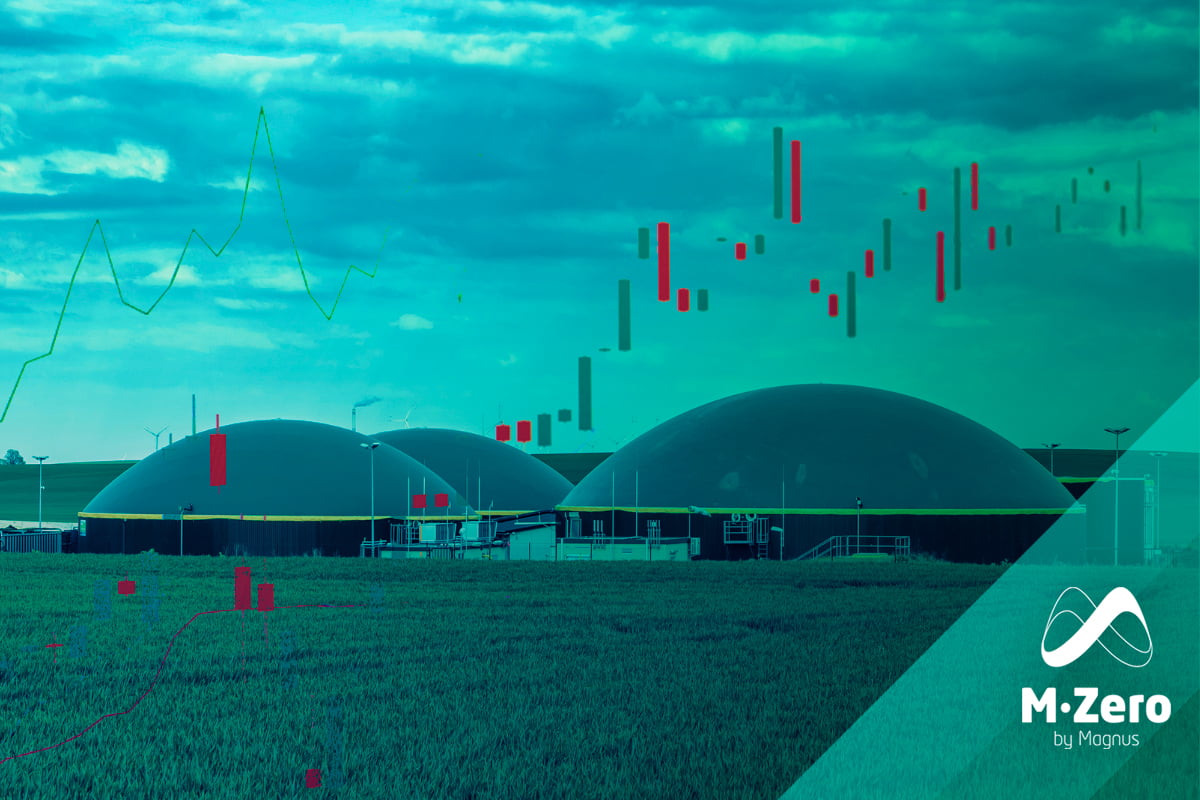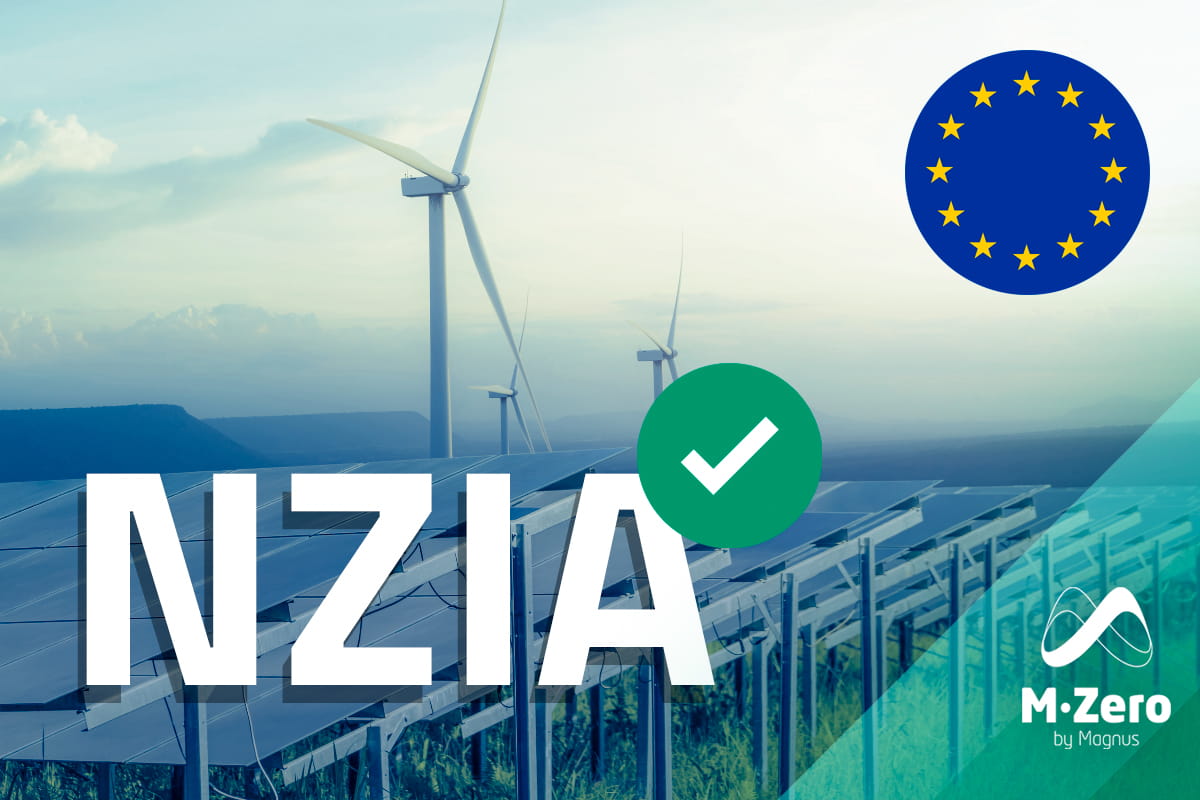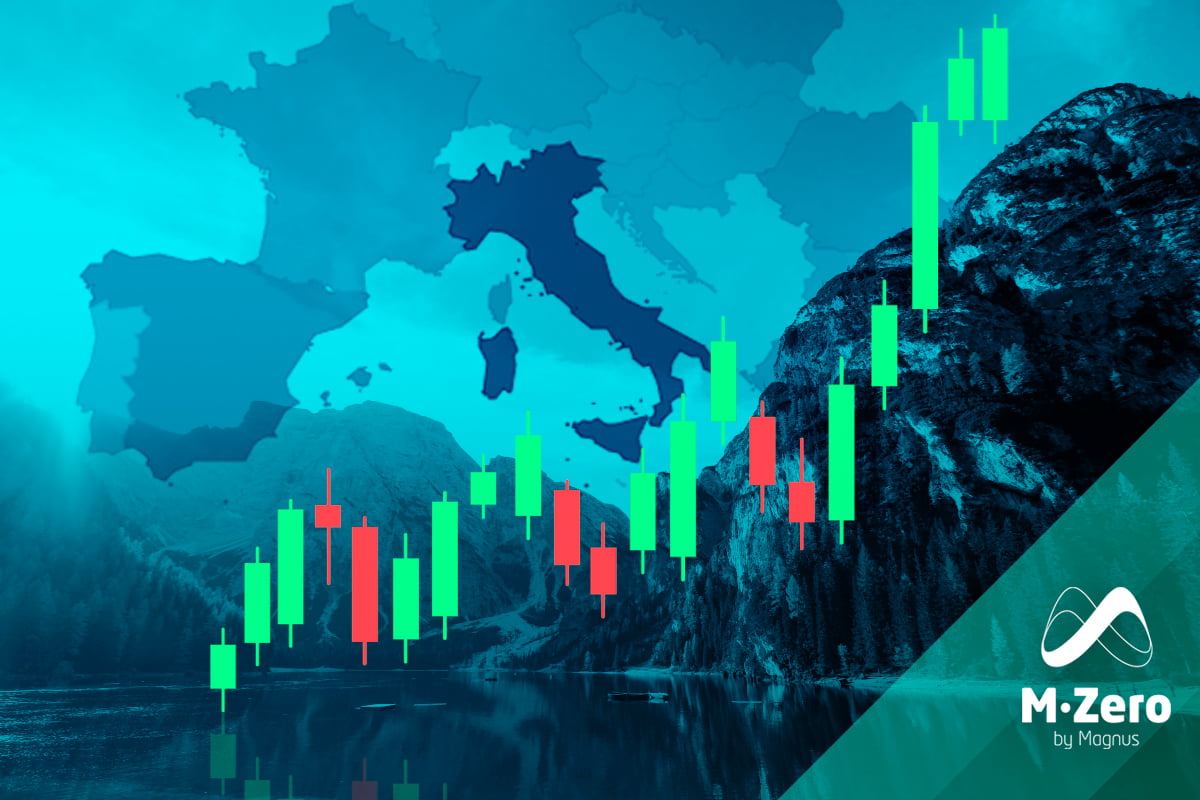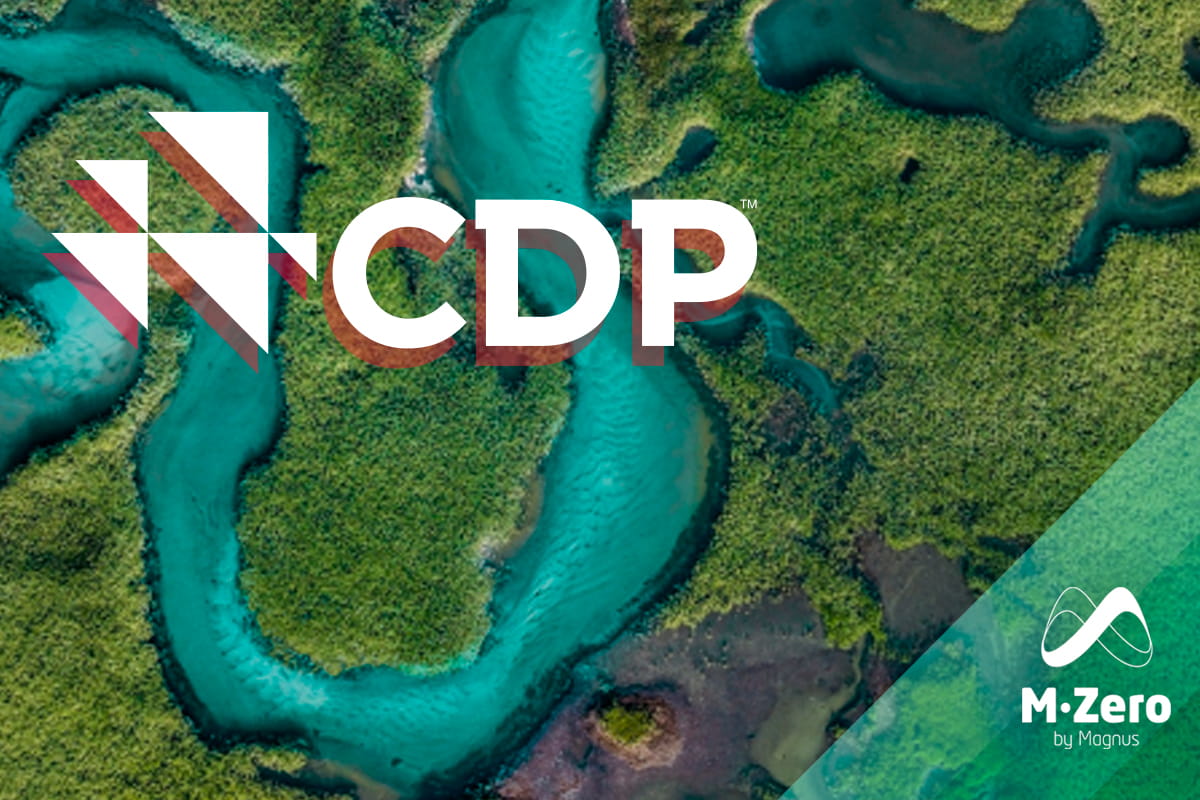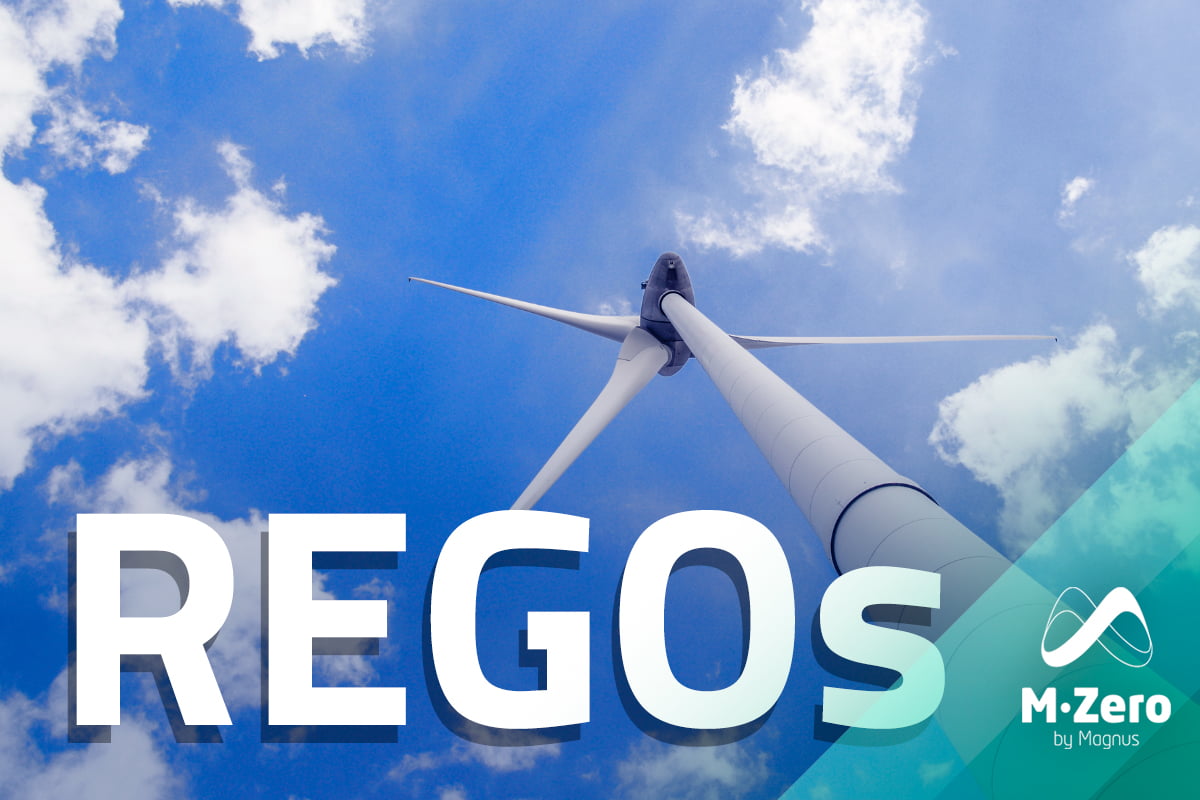
Organizations around the world have made great strides in understanding their greenhouse gas (GHG) emissions, particularly within their own operations (known as Scope 1 and Scope 2 emissions). However, collecting accurate data on emissions from the entire supply chain, known as Scope 3 emissions, is often a stumbling block in conducting a GHG inventory.
What is Scope 3 emissions?
These are indirect emissions that occur because of upstream and downstream activities in a company’s value chain. These emissions are not directly owned or controlled by the company, but often represent 80-90% or more of a company’s total emissions.
According to PwC Typically, up to 80% of an organization’s supply chain emissions come from as little as one-fifth of its purchases. For example, in one public company, they found that only 20 suppliers were responsible for 94% of their Scope 3 emissions.
The GHG Protocol breaks down Scope 3 emissions into 15 different categories.
Upstream emissions:
- Purchased goods and services.
- Capital goods.
- Fuel and energy activities (not included in Scope 1 or Scope 2 emissions calculations) 4.
- Upstream transport and distribution
- Waste generated from operations.
- Business travel
- Employee travel
- Pre-start-up leased assets
Downstream emissions:
- Downstream transportation and distribution 2.
- transformation of products sold.
- Use of products sold.
- End-of-life treatment of sold products.
- Downstream leased assets
- Franchises
- Investments
Scope 3 measurement, monitoring, reporting and control
Scope 3 emissions are the most complex and difficult to calculate compared to Scope 1 and 2 emissions.
One of the biggest challenges lies in setting Scope 3 data boundaries, reporting categories of emissions and the providers and types of data for each category.
When calculating emissions, organizations aim to deliver as accurate an inventory as possible. In the case of Scope 1 and 2 emissions, calculations generally involve the application of the primary source, such as energy use. This approach relies on organizations having access to primary source data and granular emissions factors.
This level of data granularity is often not available for scope 3 calculations. To address this challenge, the GHG Protocol describes 13 calculation methods and sets out decision trees to help users select calculation methodologies for each scope 3 category.
Several ESG reporting frameworks and standards allow, or require, the setting of Scope 3 emission targets and the disclosure of results. Major reporting frameworks, such as CDP, GRI, ENERGY STAR and GRESB, offer different resources, including educational materials and tools, to assist companies with their GHG emissions data disclosures and submissions.
Engagement
Supplier engagement is crucial to achieving reduction targets. A World Economic Forum report outlines the following framework that organizations can use to address emissions in their supply chains:
- Create transparency: build a value chain emissions baseline and share data with suppliers; set ambitious targets in scopes 1 and 2 and publicly report on progress.
- Optimize for CO2: redesign products for sustainability; design a value chain/sourcing strategy for sustainability.
- Engage suppliers: integrate emissions metrics into procurement standards and track performance; work with suppliers to address their emissions.
- Drive ecosystems: participate in sectoral initiatives for best practice, certification, and advocacy; scale up “buying groups” to amplify demand-side commitments.
Regulatory Framework
The entry into force of the CSRD regulation marks the beginning of a new era of transparency and accountability for organizations’ sustainability strategies and reporting. The CSRD requires the disclosure of detailed emissions information and the setting of emission reduction targets in Scopes 1, 2 and 3.
The first set of CSRD standards, already in place, emphasizes the material impacts of organizations on the environment, people, and business/value chain operations (ESG). This includes environmental issues such as greenhouse gas emissions, energy efficiency and associated dependencies. Social considerations are also highlighted, covering labor conditions, human rights, and equal opportunities in the value chain.
The second set of standards, to be adopted by 30 June 2024, aims to refine reporting by addressing reporting levels and thresholds, emphasizing the importance of Scope 3 emissions in measuring social and environmental impact.
It is therefore vital that each organization ensures that it is ahead of these regulations in obtaining, monitoring, and reporting its Scope 3.
The TCFD recommends that companies disclose Scope 3 emissions when they constitute a significant portion (40% or more) of their overall GHG emissions.
If you found it interesting, please share it!
Recent Articles







